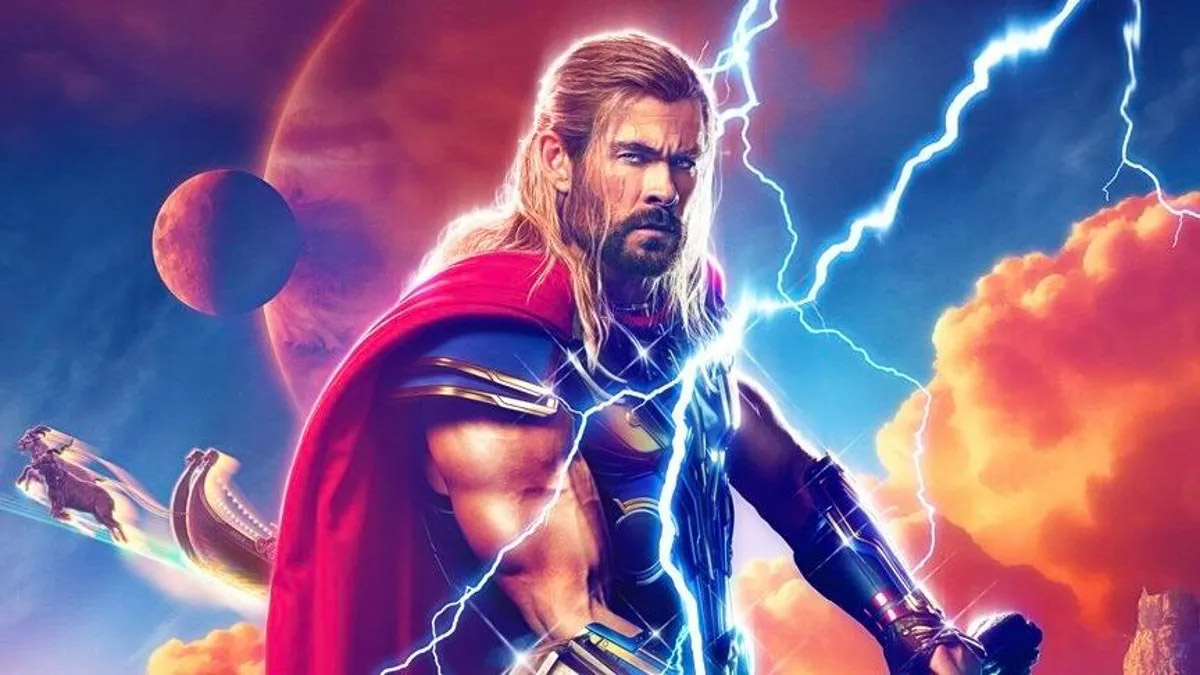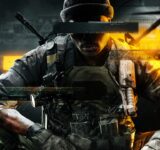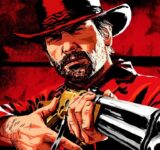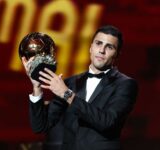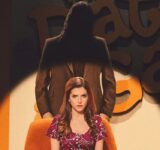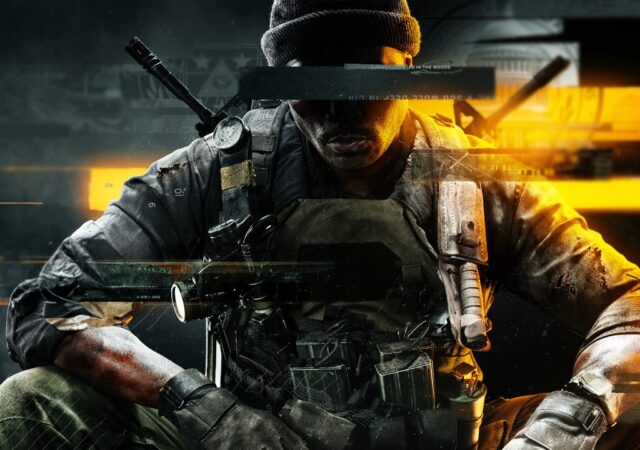Marvel’s Thor is a character who has been saddled with plenty of different circumstances and new character directions with almost every new appearance in the MCU. From the somewhat bland Shakespearean take that lasted until Avengers: Age of Ultron to the comedic dudebro of Thor: Ragnarok and then the trauma-riddled and depressed Thor of Infinity War and Endgame, Thor has been through his fair share of ups and downs. Many fans argue that he’s the character who lost the most in the MCU so far. So with Thor: Love and Thunder, there was a chance to give his character some closure, and maybe even some happiness. And while we do get some of that by the time the movie is over, many would argue that the film does little else well.
When Thor (Chris Hemsworth) returns to Earth, pursuing a lead about a mysterious entity killing gods across the universe, he soon finds that this beloved hammer, Mjolnir, is back, now being wielded by his ex, Jane Foster (Natalie Portman), who has been transformed into the Mighty Thor. The two Thors, along with King Valkyrie (Tessa Thompson) and Korg (Taika Waititi) embark on a quest to rescue a group of children kidnapped by the enigmatic Gorr (Christian Bale).
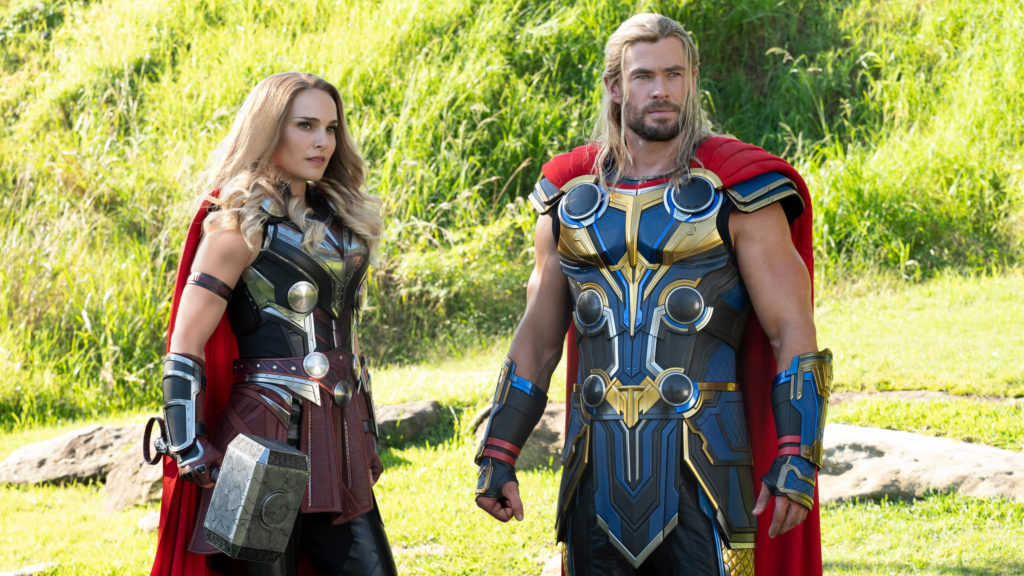
Visually, Thor: Love and Thunder doesn’t quite match the inspired visual palette of Thor: Ragnarok, or the sweeping vistas of Eternals, but it still delivers some spectacular scenery, such as Omnipotent City and the Shadow Realm. The action is also smooth and kinetic, but that’s almost expected from the MCU at this point. The actors also seem to be having a lot of fun, especially Chris Hemsworth, and unexpectedly, Russell Crowe as Zeus, who turns in a sleazy, decadent turn as the debauched sky father of the Olympian gods. Some of the jokes, such as the giant screaming goats and Stormbreaker being jealous of Mjolnir, are also very funny, though you might get quickly annoyed if they don’t land for you.
Unfortunately, almost every character other than Jane Foster is given the short end of the stick when it comes to compelling character arcs.
Thor’s journey seems like a step back to the days of the first Thor movie when he had to rediscover his purpose after being stranded on Earth. This time, he has to figure out who he is despite years of superhero adventuring, and that doesn’t really get resolved, even though the ending gives him a new purpose that isn’t built up well in the movie. Valkyrie is mostly there to make snappy remarks and comebacks while Thor and Jane take the lead, which is a shame because there was so much potential for her character arc, even with the brief montage we get of her becoming bored- and even annoyed- of the duties and responsibilities of being Asgard’s ruler.
Even Jane’s story, which is touching and does justice to her character, especially after her being left out of Thor: Ragnarok, is shortchanged as it has to share time with the Gorr story, which is also barely a pale imitation of the classic comic storyline. Christian Bale goes all in with his portrayal of the character, though the transition from a subdued, grief-stricken father to an almost cackling, sinister boogeyman isn’t handled well.
Thor: Love and Thunder isn’t as much of a mess as the fragmented Doctor Strange in the Multiverse of Madness, but it also plays it a lot safer compared to the latter.
The film tries to cram three films worth of story into this tightly edited film that probably left a lot of footage on the floor of the cutting room, including more Gorr scenes and an appearance by Jeff Goldblum’s the Grandmaster. It is still entertaining, and far from being outright bad, but with only one film left in Phase 4 of MCU, Thor: Love and Thunder feels like a paycheck movie for Taika Waititi to fund other creative projects he has more passion for.
Thor: Love and Thunder is currently the lowest rated Thor film on Rotten Tomatoes, which suggests that even critics are starting to tire of the samey blandness of Marvel Studios’ recent theatrical output. With two more phases announced going up to 2025, let’s hope we get better stories going forward.

